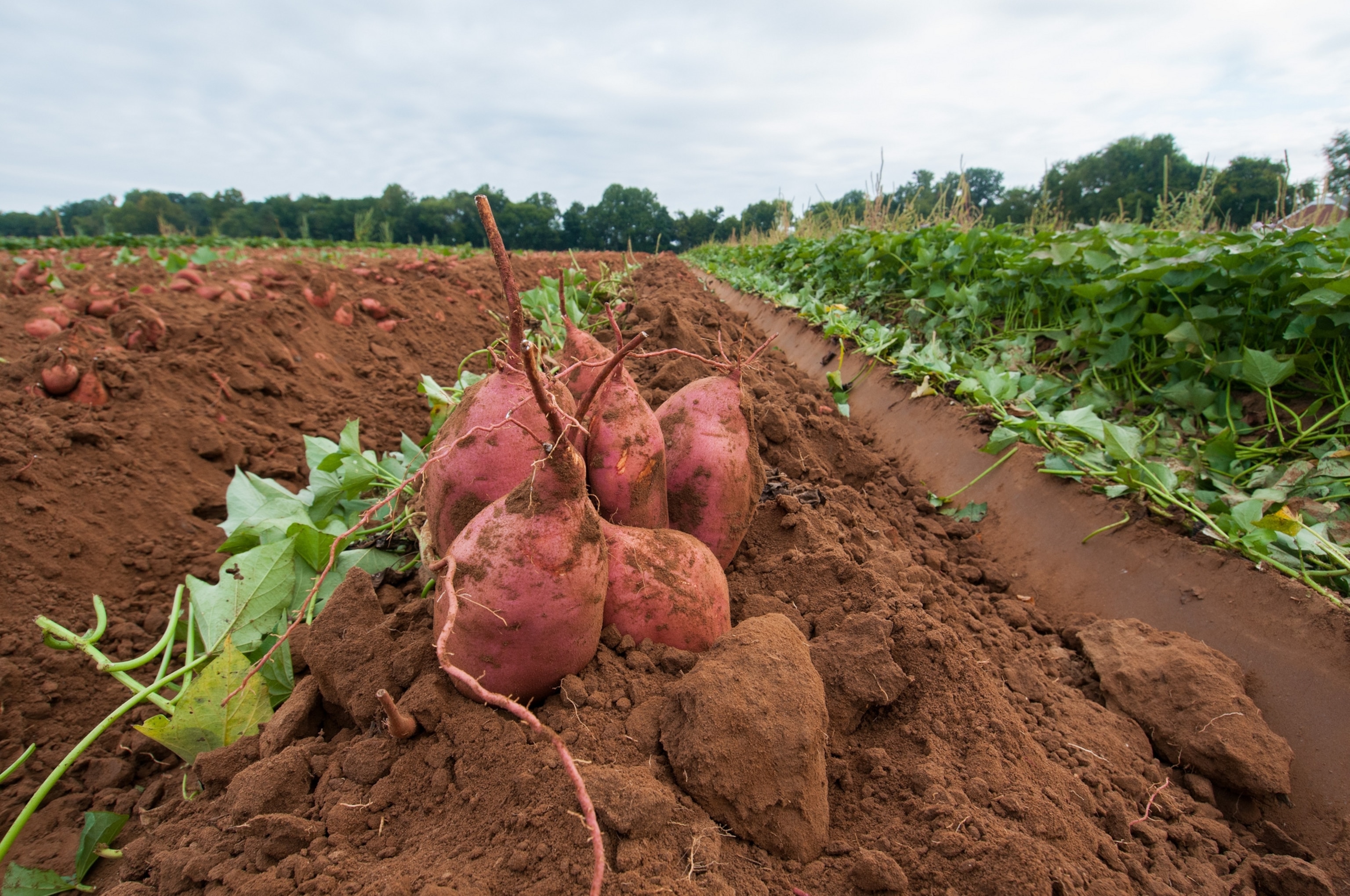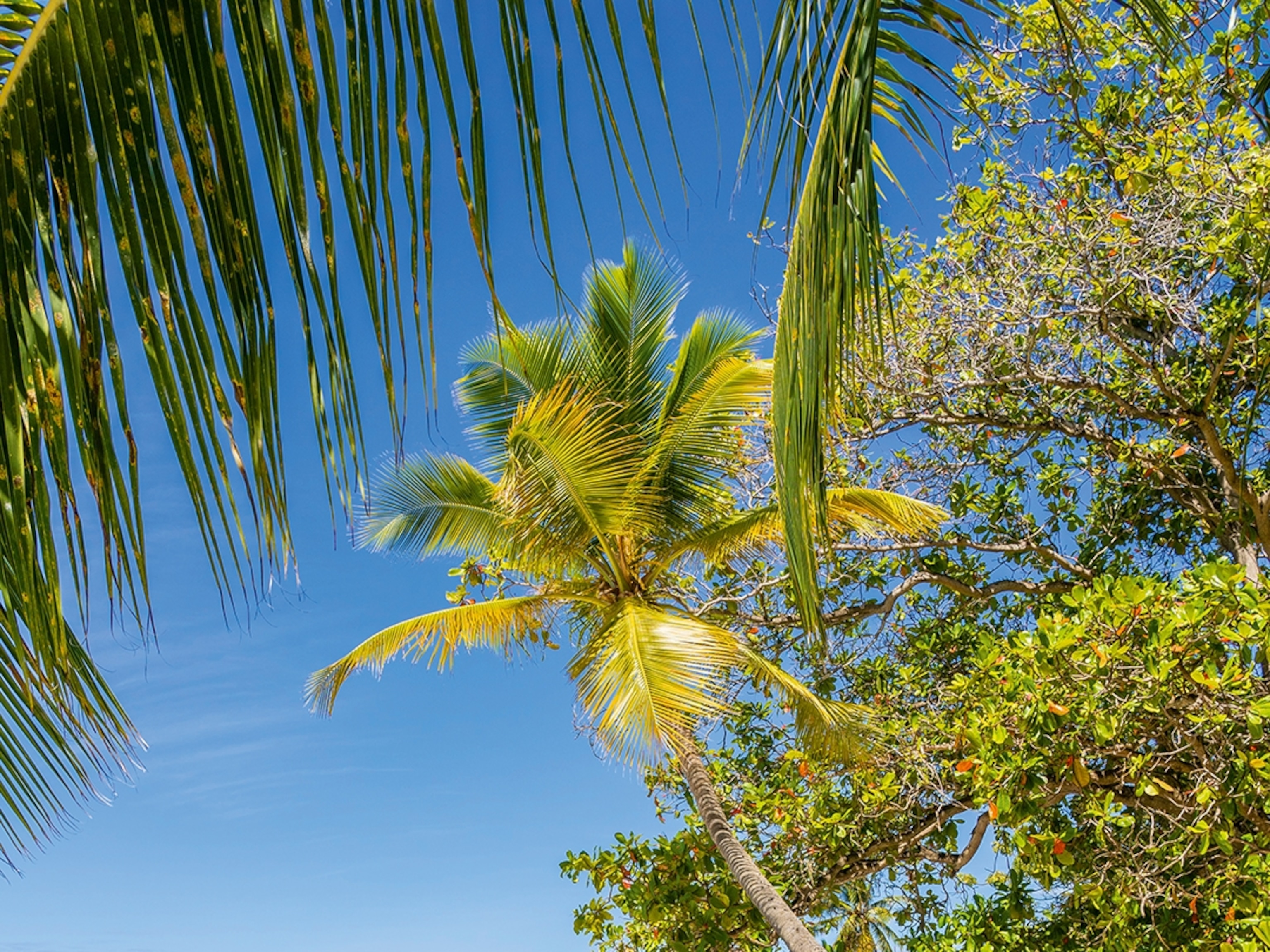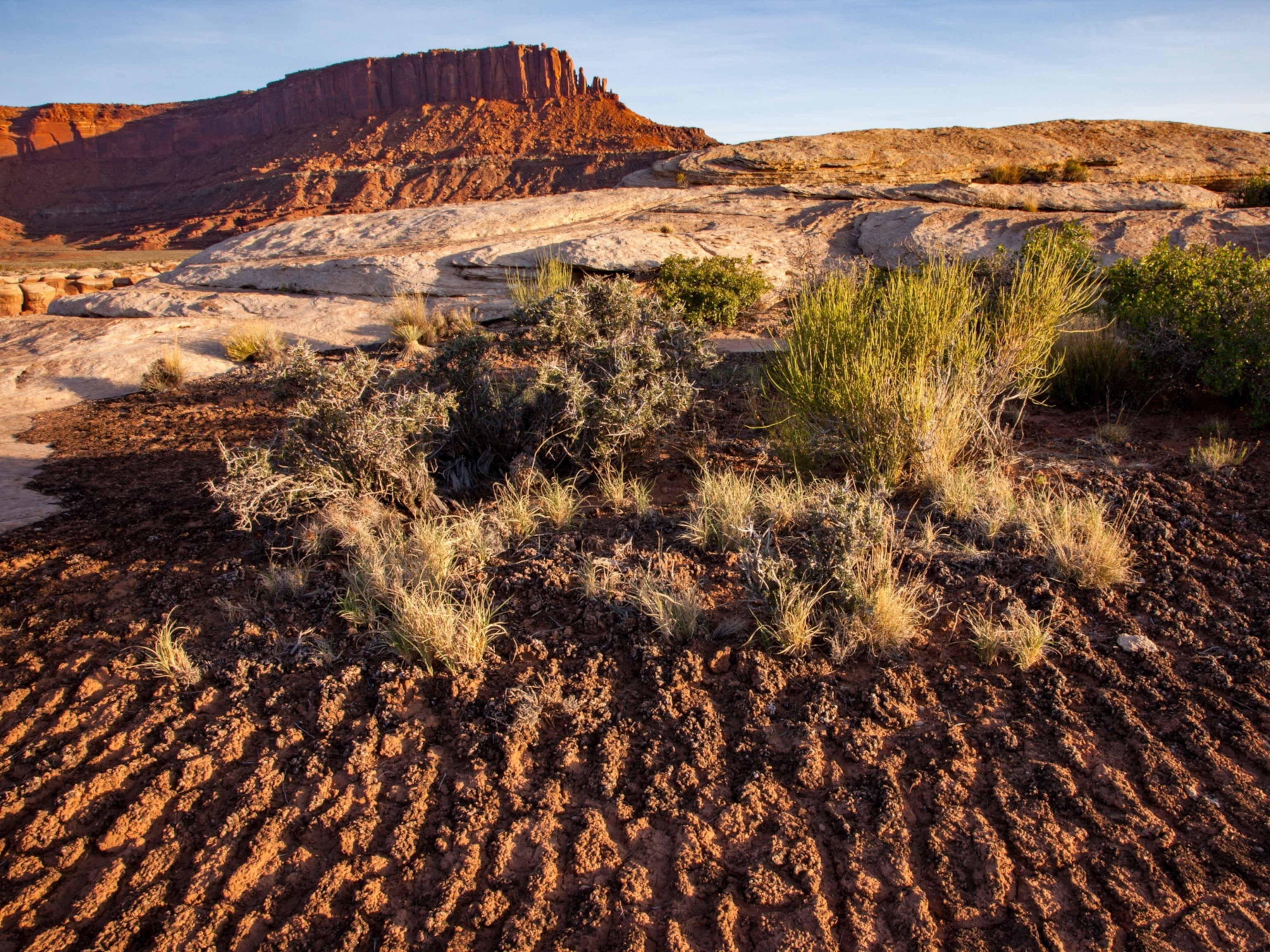
Healthy Soil is the Best Crop
I’ll bet you don’t spend a lot of time thinking about dirt.
Even foodies who praise local produce and grassfed beef don’t regularly pepper culinary conversations with soil’s virtues. Compared with a plump, intoxicatingly fragrant, just-picked strawberry, dirt is not the most sensually compelling call-to-arms for agricultural sustainability. The fight for healthier soil is often swept away in our global debate over how to responsibly feed 9 billion people by 2050.
But as Plato wrote, the beginning is the most important part of the work, and almost everything on your menu today began with soil. Just as oenophiles praise a wine for its “terroir,” or flavor of the land, the richness and variety we enjoy in our food, we owe to the ground. It’s the foundation for that berry, your beef, the wheat over which we agonize, to GMO or not to GMO? While we wring hands, the soil quietly turns organic matter (decaying plants and animals, like compost and manure) into nutrients that grow food to grow our bodies, supporting life on our planet. But if plants use up all of the nutrients as they grow, and people don’t put more organic matter back into the soil to create more nutrients, the soil becomes unhealthy and unable to richly grow delicious food.
Enter the Natural Resources Conservation Service (NRCS), supporting America’s soil with its Unlock the Secrets in the Soil campaign. Part of the Department of Agriculture, NRCS helps farmers increase organic matter in their dirt by developing Soil Health Management Plans with practices like crop rotation and nutrient management, to ultimately save energy and reduce crop disease.
One of NRCS’s most provocative suggestions is no-till and cover-crop farming, plating crops over barren land to capture carbon dioxide in the ground, where the plants can use it, rather than into our air, where it contributes to climate change. If a simple planting method can reduce global warming, cut down on ground erosion, and enhance soil health for future generations, we should all be giving dirt its proper respect. Dirt may be coming into its cover girl moment, featured last year in Oprah’s magazine as the front-page article on her “regenerative agriculture” techniques on her Hawaiian farm.
With American farming acreage on the decrease, maintaining the health of our farms is crucial, not just for what is on our plates today but for what goes on the plates of generations to come. And unlike some programs aimed at artisanal farmers, Soil Health Management Plans can make a difference for growers of all stripes. Even conventional farming using pesticides and synthetic fertilizers can be more sustainable through NRCS’s program; simply increasing organic matter will help soil hold more water, thereby preventing runoff into drinking water. Increased water-bearing capacity also prevents flooding and drought. Continuing to slip down the slope of soil corruption would be particularly tragic and soul-disturbing, given the many resources that exist to address it.
Beyond the United States, soil health has profound implications for developing countries, which will struggle to feed an extra 2 billion people in the next 35 years. In lieu of NRCS-type infrastructure in those countries, technology developers are working on soil health testing kits that link to the one device that has saturated every corner of the globe—the smartphone. With SoilDoc from researchers at the University of Maryland and Columbia University, a farmer carries a battery-operated instrument that tests for the organic matter and compounds that make soil rich for planting. Results are sent through a smartphone for analysis, and the farmer can then make informed decisions about where to plant for the best yield, without needing an expert physically present in the field. SoilDoc is currently being tested in several African countries.
Although “dirt-to-table” doesn’t have quite the ring as “farm-to-table,” soil is critical to our culinary future. The next time you’re dining at a restaurant known for its fresh, local ingredients, say a quiet thanks to the soil. To steal a quote from mama, if it ain’t healthy, ain’t no one healthy.
This story is part of National Geographic‘s special eight-month Future of Food series.





